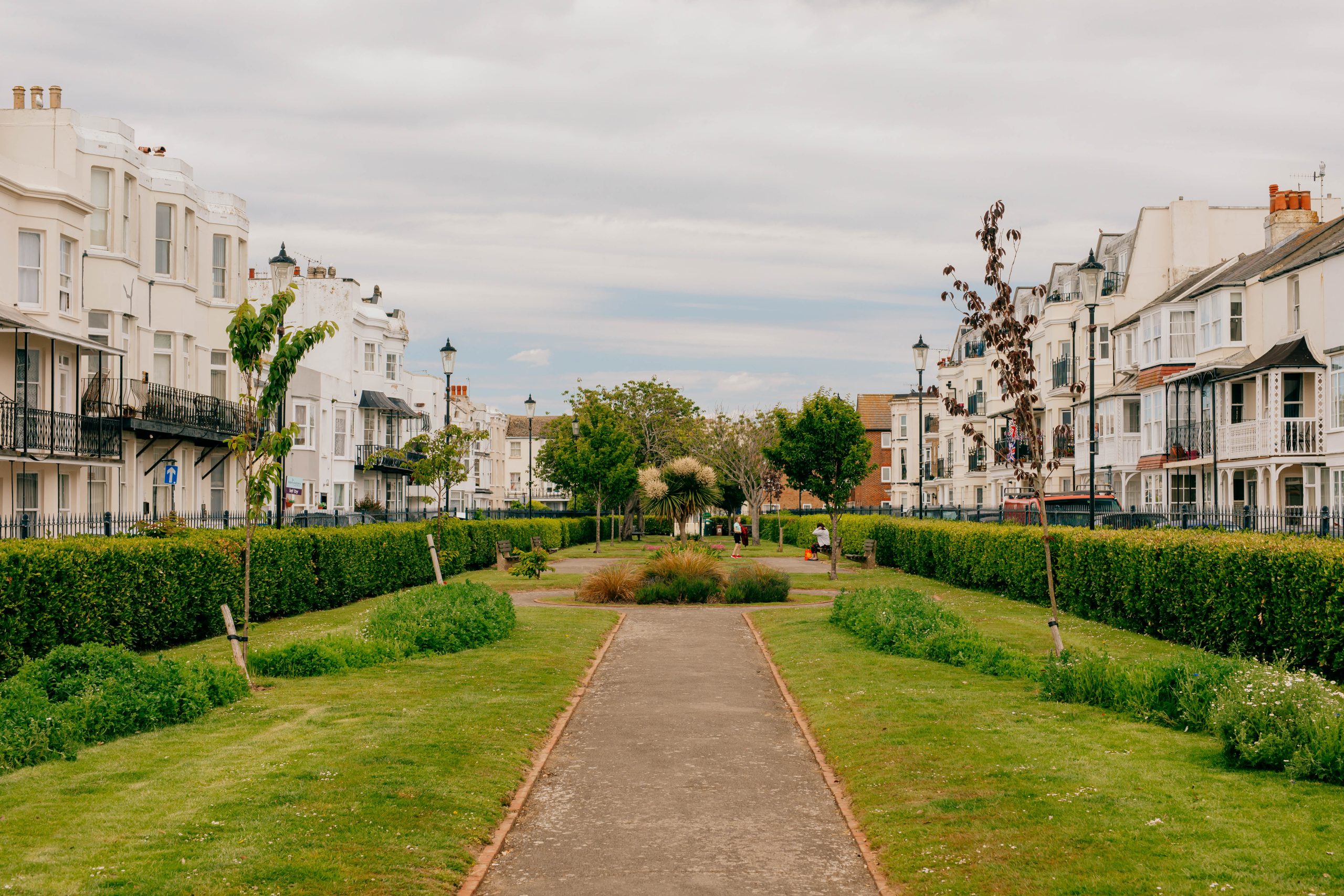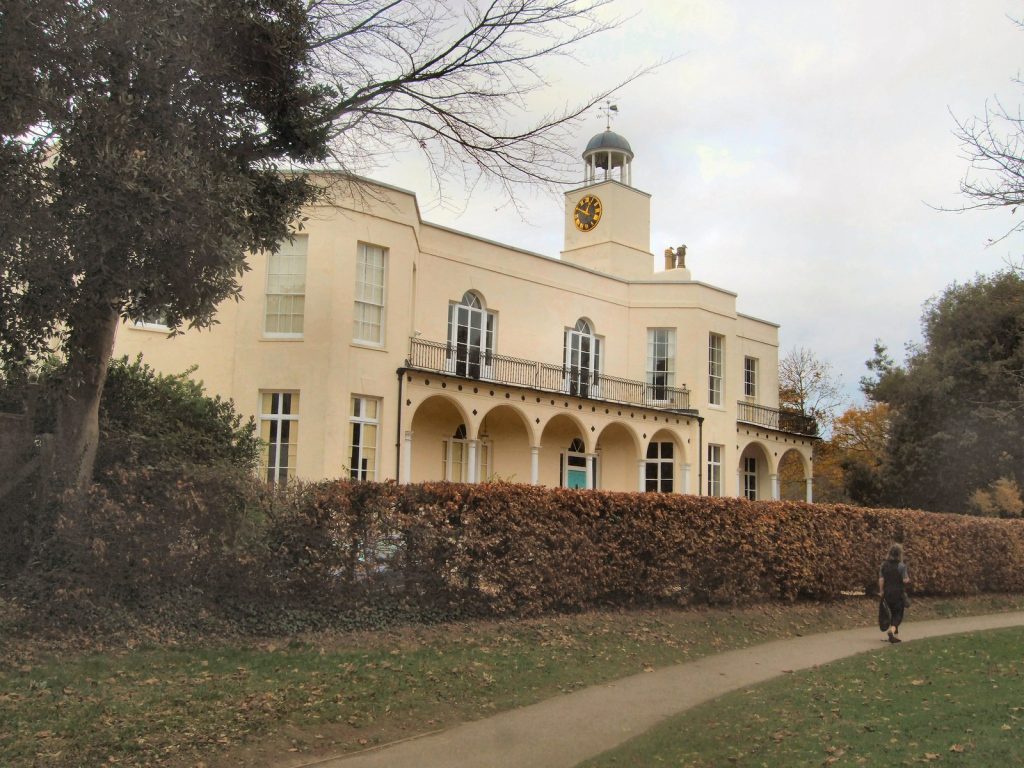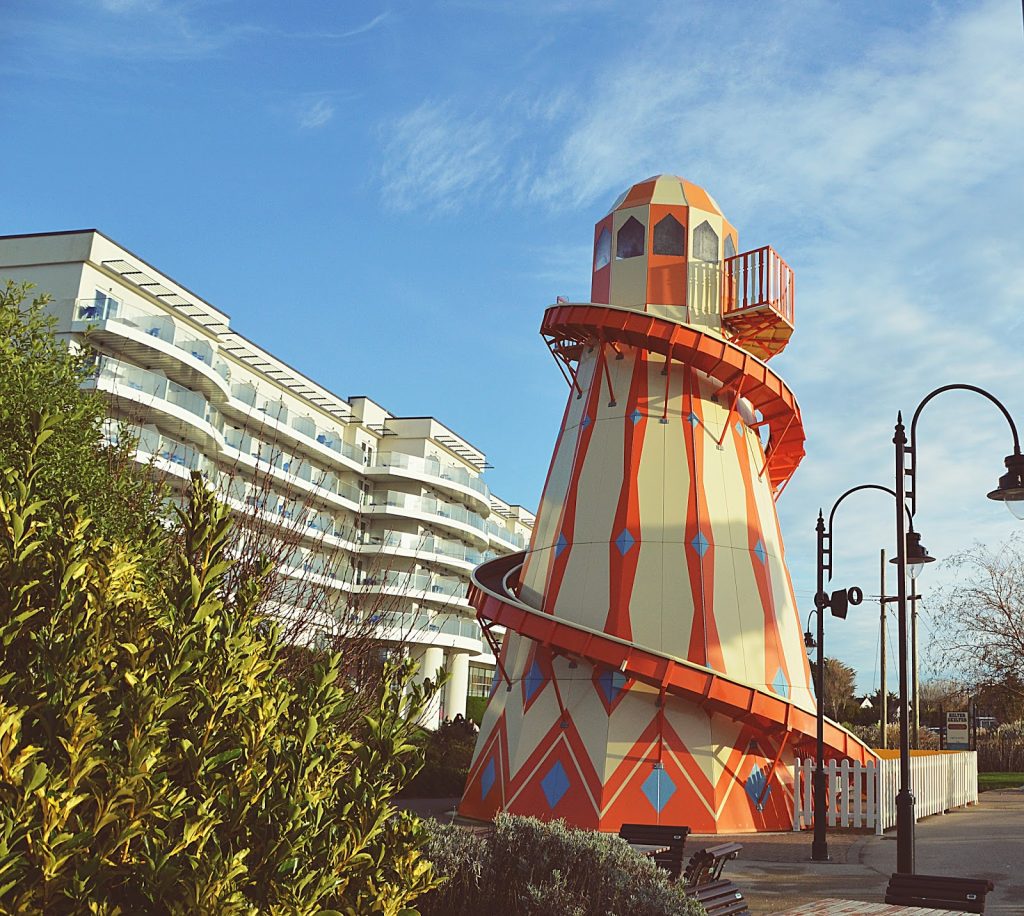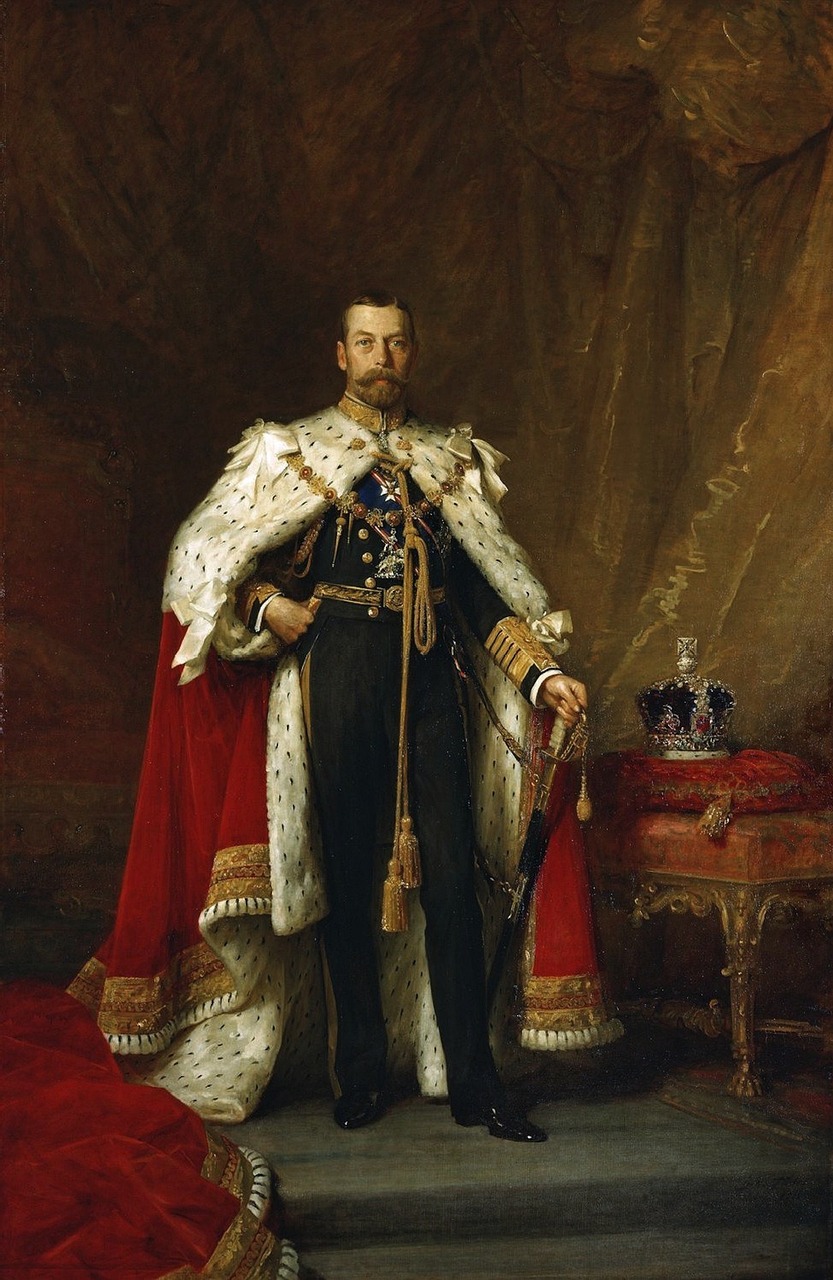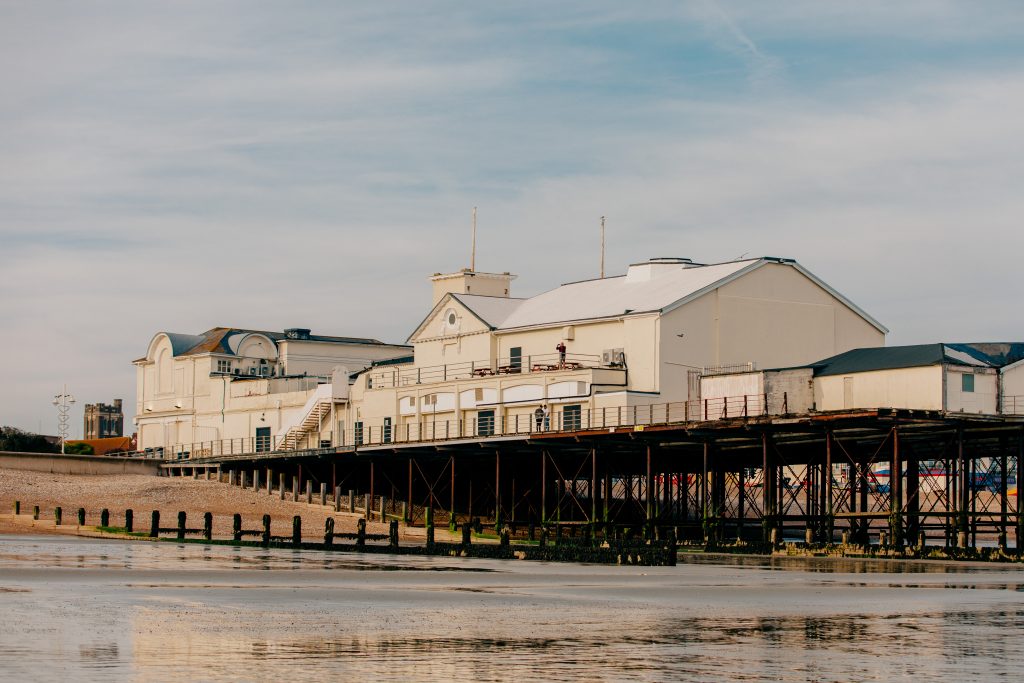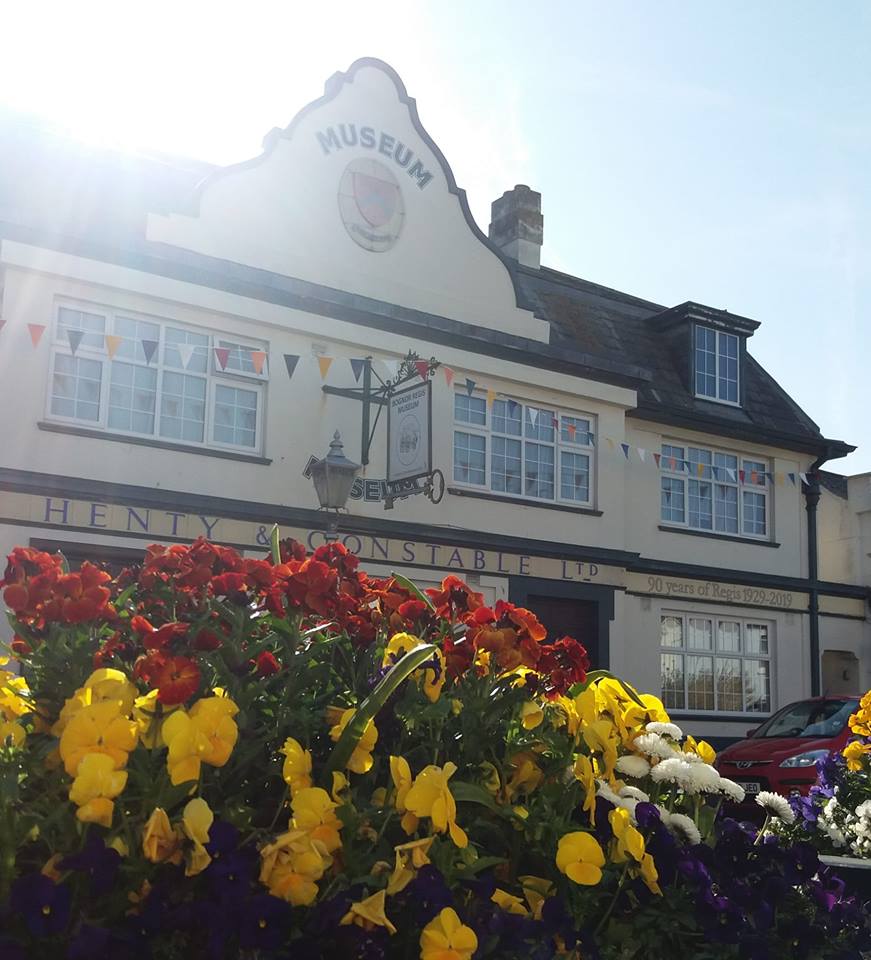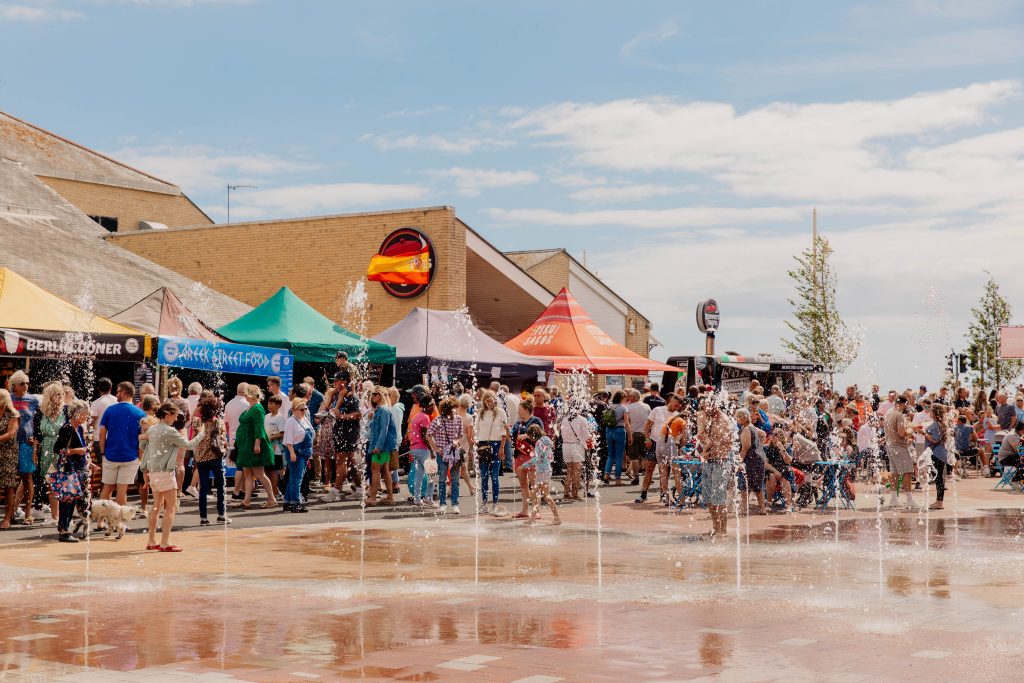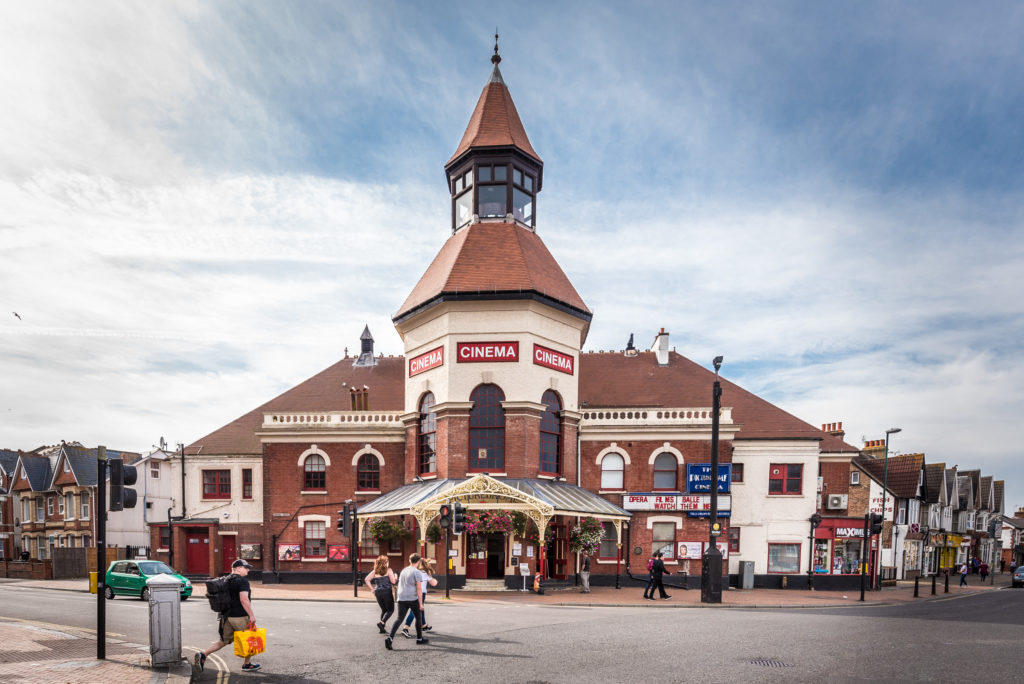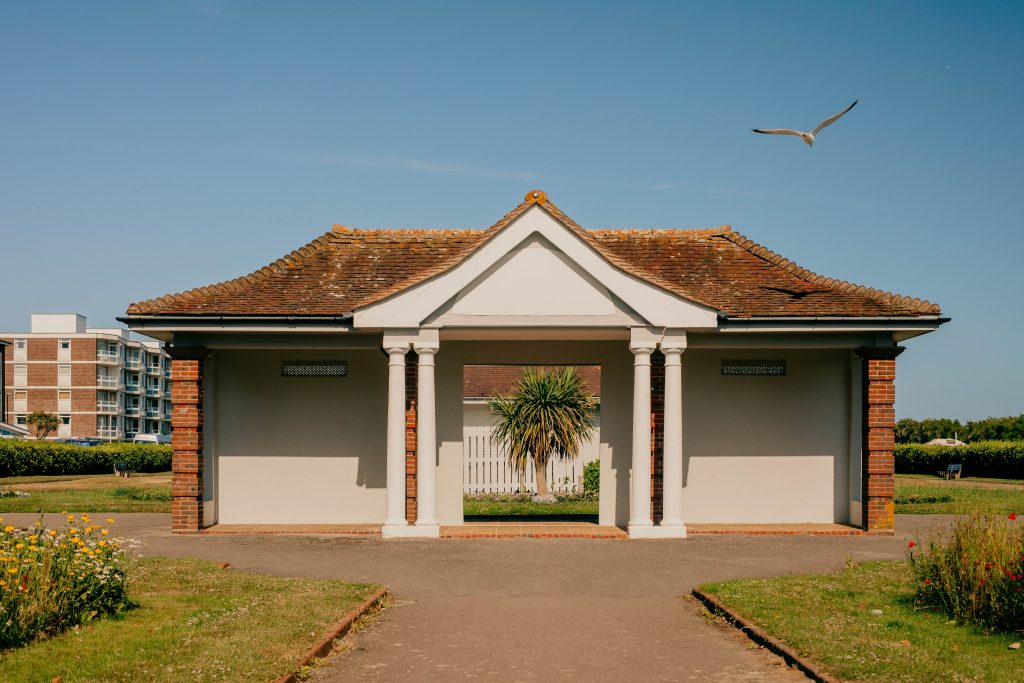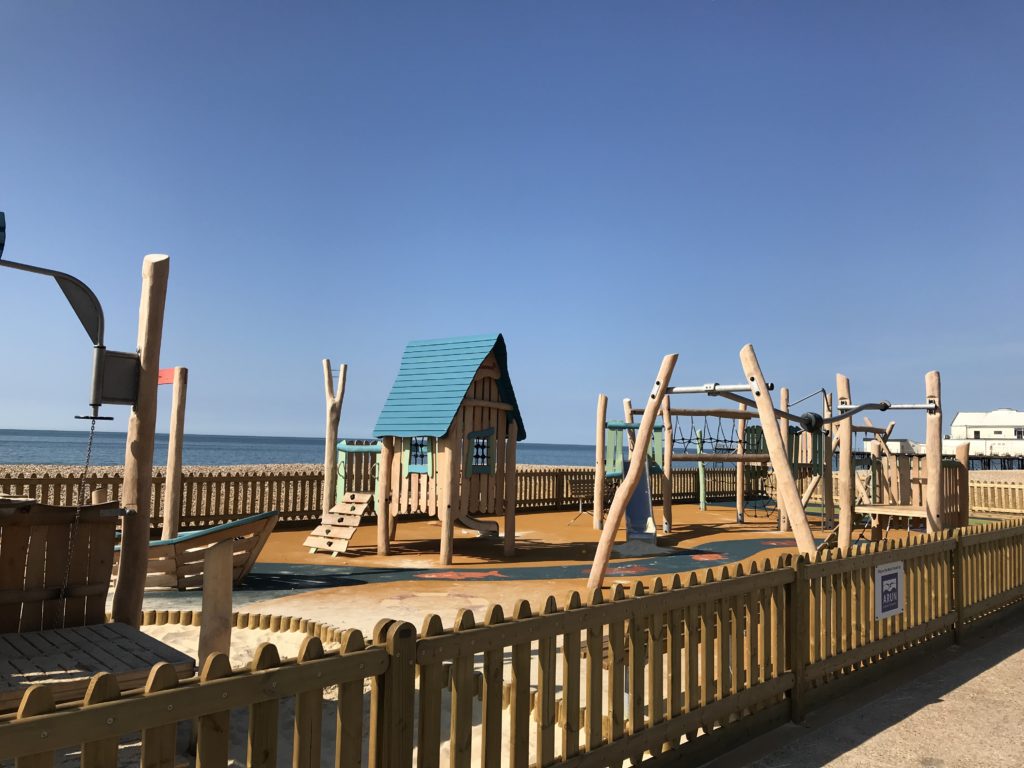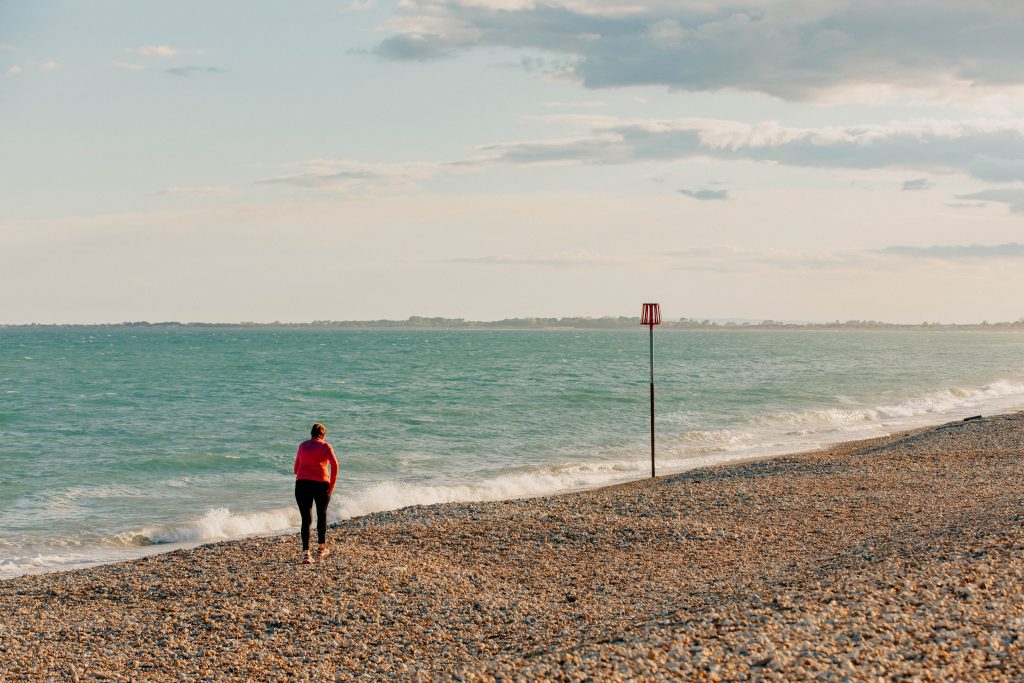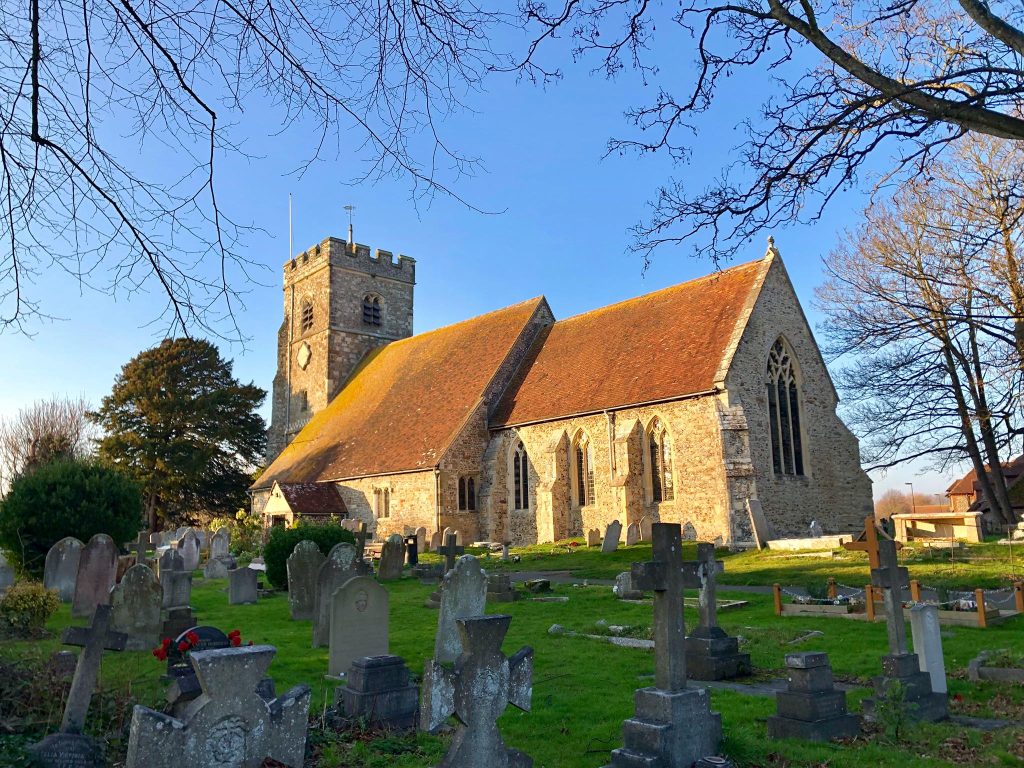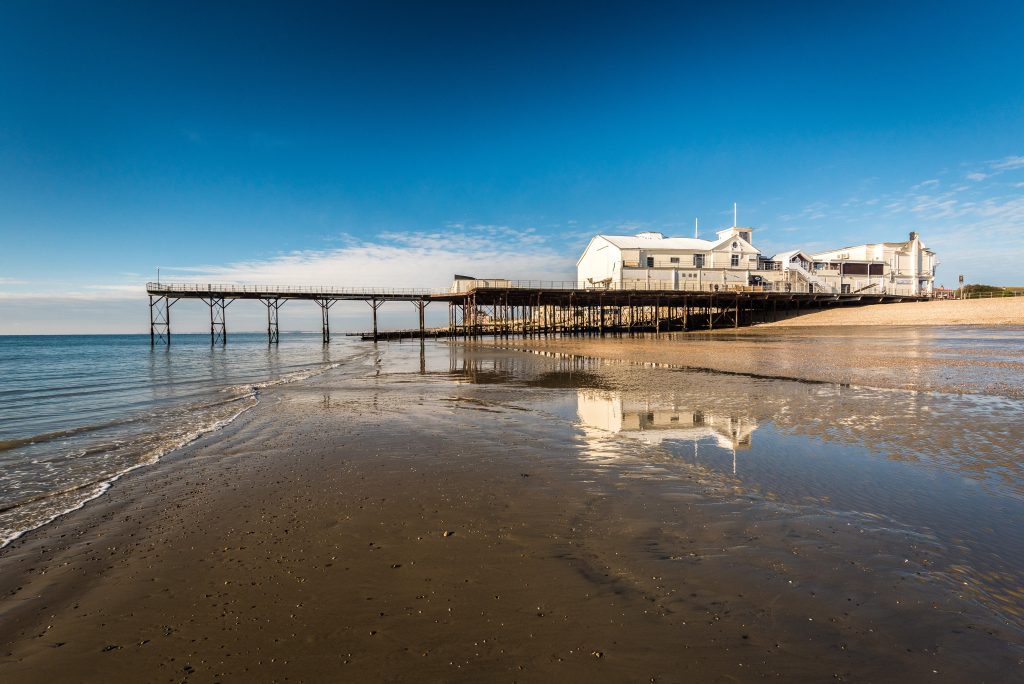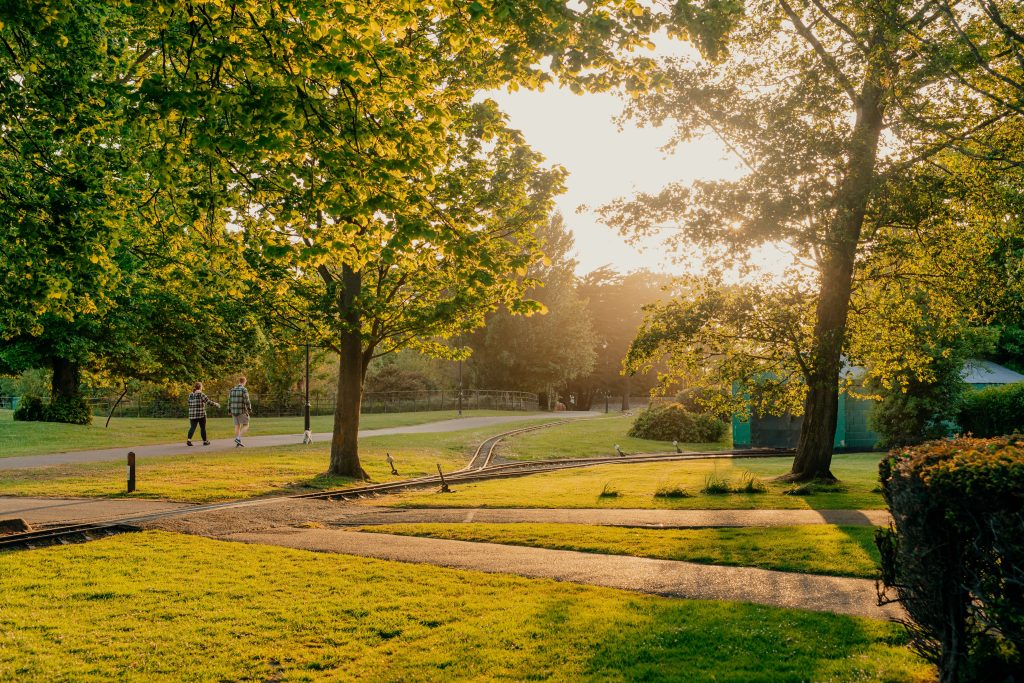Today

9.9°C
4.1°C
Humidity: 64%
Low Chance 3.19meter/sec
Clouds,
broken clouds
Friday
10°C
Saturday
10°C
Sunday
12°C
Monday
11°C
Tide times
25th April 2024
Plan your swim and sandcastles around today's tide times
Sea water quality
Knowing sea water quality can help you make smarter choices during your beach visit.
Bognor Regis East Beach
No pollution warnings today
2023:  Good
Good
Water sample taken 163 days ago 14 Nov 2023
Linked-data from the Environment Agency
Bognor Regis West Beach
No pollution warnings today
2023:  Poor
Poor
Water sample taken 163 days ago 14 Nov 2023
Linked-data from the Environment Agency
Beach cameras
Live visuals from the East and West beaches from our friends at bognor.today and bognorregisbeach.co.uk
